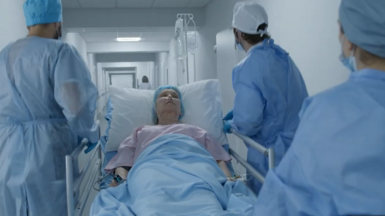Salmonellosis outbreaks
Latest outbreak
Prolonged cross-border Salmonella outbreak linked to small tomatoes
21 October 2025
A total of 437 cases reported across 17 European countries as investigations identify small tomatoes from Sicily as the likely source.
A prolonged multi-country outbreak of Salmonella Strathcona in the European Union/European Economic Area (EU/EEA) has resulted in 437 confirmed cases being reported in 17 EU/EEA countries between 1 January 2023 and 30 September 2025. Italy, Germany and Austria are the countries most affected in the EU, but cases have also been reported from the United Kingdom, Canada, and the United States.
Investigations over a three-year period have consistently identified tomatoes as the likely source of infection. Recent investigations carried out in Austria in 2025 also identified small tomatoes from Sicily, Italy as the source of infection, which is consistent with findings from earlier outbreaks in Italy (2024) and Austria (2023). This strain of Salmonella Strathcona has been detected in the EU/EEA for over a decade, with the first outbreak reported in Denmark in 2011, also linked to the same tomatoes from Sicily.
The Italian food safety authority has conducted investigations, including a sampling plan for nationally marketed tomatoes, targeted inspections and environmental monitoring. S. Strathcona was detected in a sample of irrigation water collected from a primary production site, confirming the role of the environment in product contamination.
To prevent new cases from occurring, further investigations should be undertaken to verify whether tomatoes from Sicily are the vehicle of infection for the newly reported infections, and to guide effective control measures during the (pre)harvest period, including irrigation water sources.
The ongoing transmission over a number of years indicates persistent contamination sources. Public health authorities are encouraged to continue investigating new S. Strathcona cases, sequencing human isolates where possible, and working closely with food safety authorities to trace and contain the source of infection.
Consumers are advised to follow proper hygiene practices when handling food, such as washing hands, rinsing fresh produce thoroughly, and avoiding cross-contamination by keeping raw and cooked foods separate.




